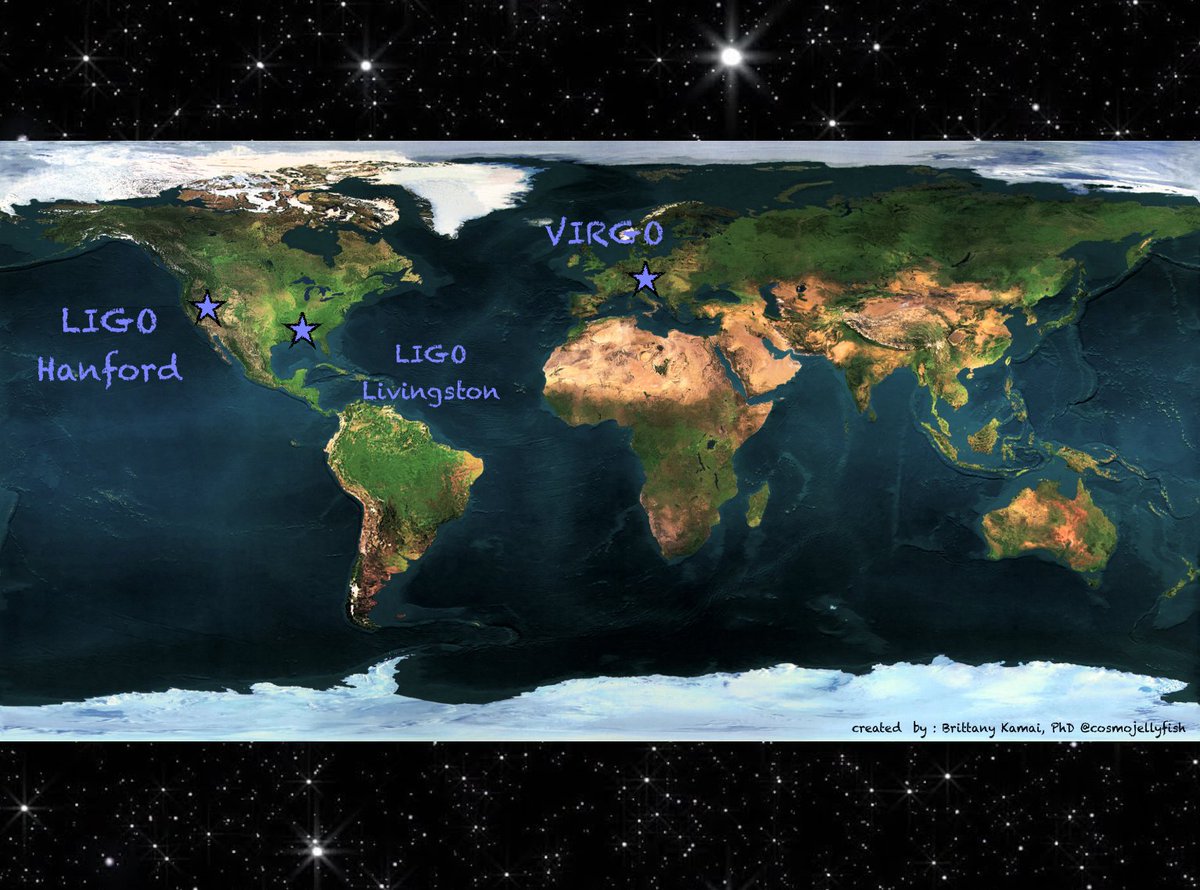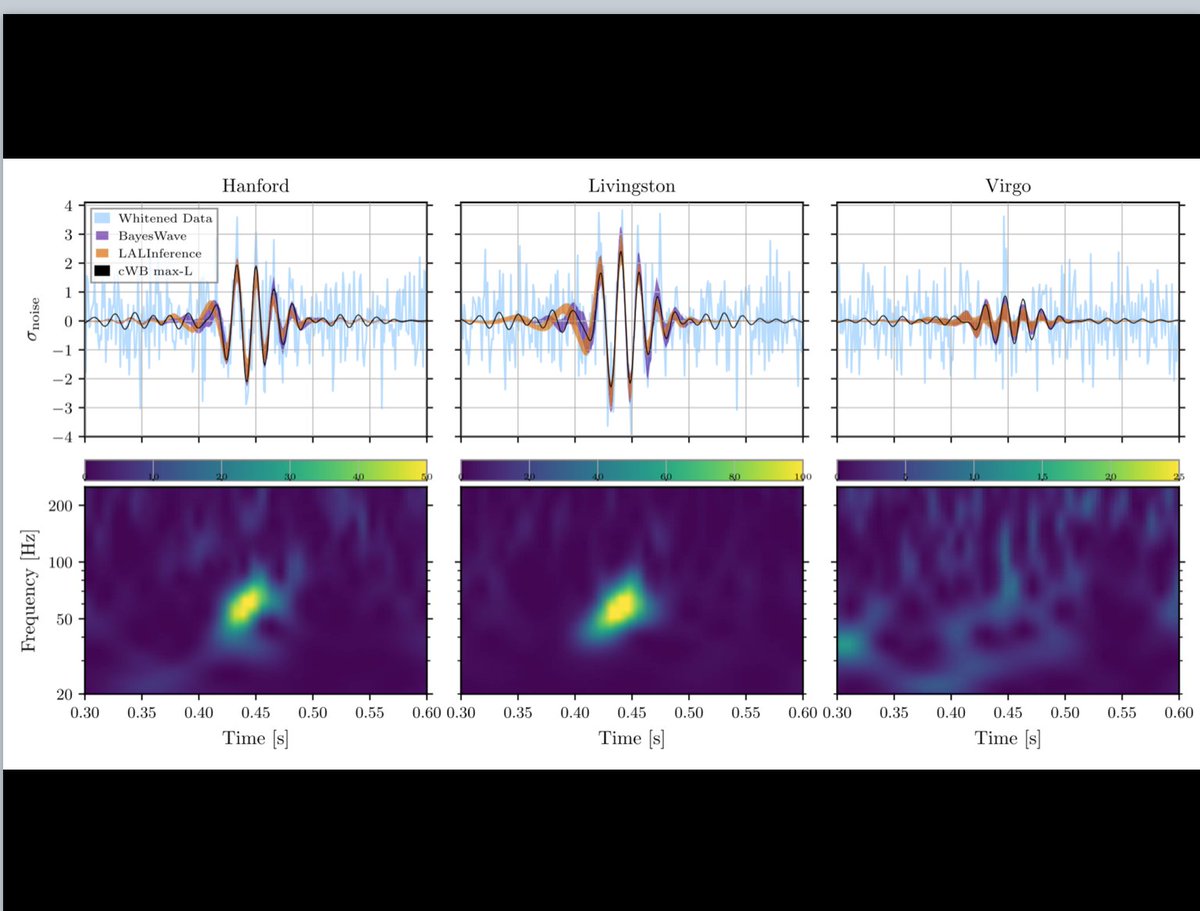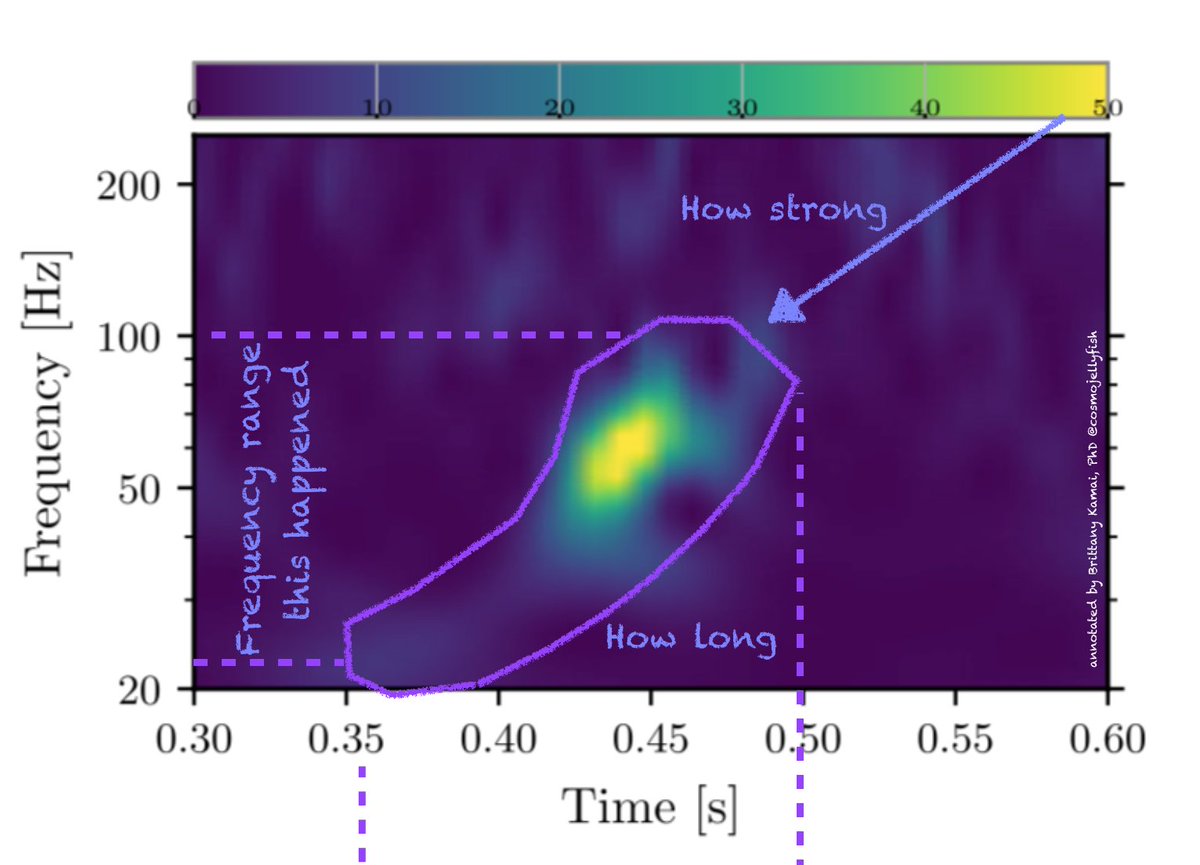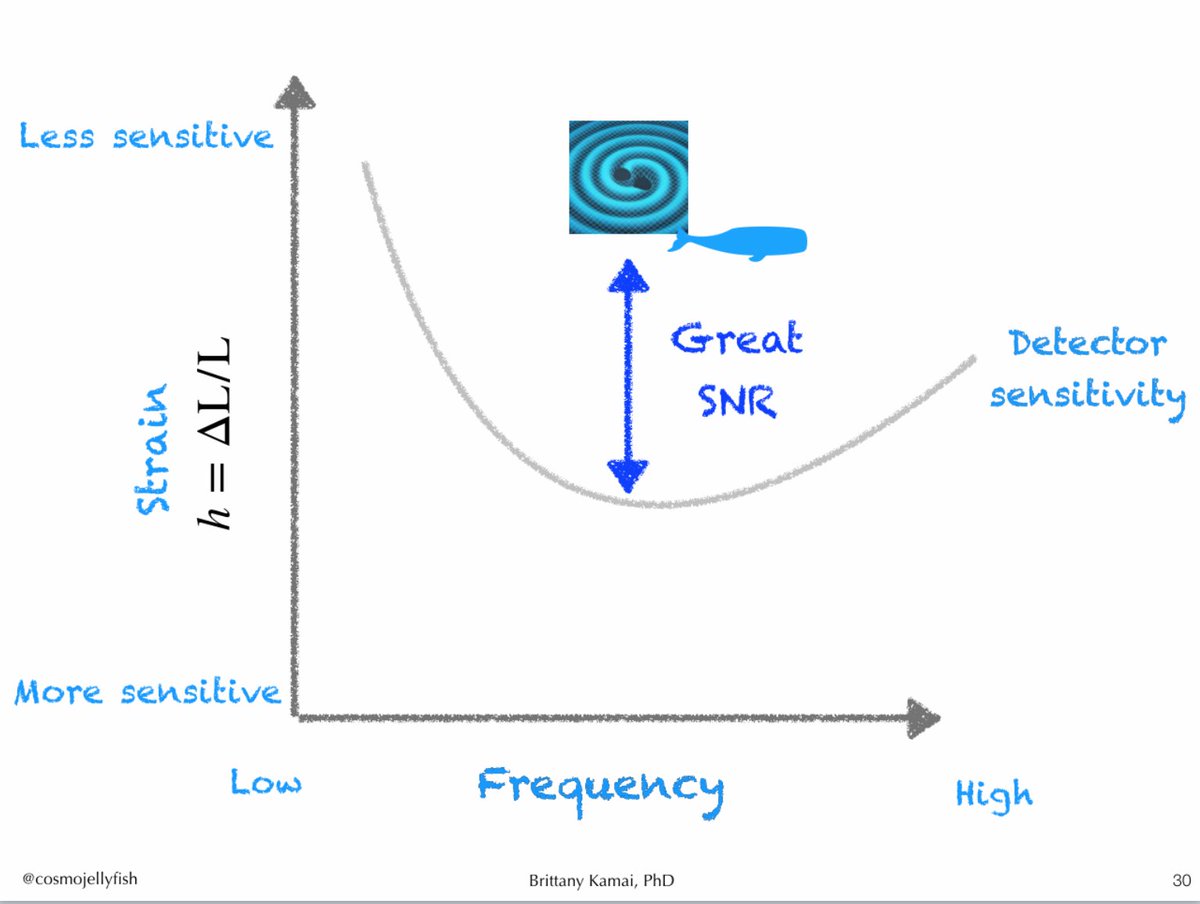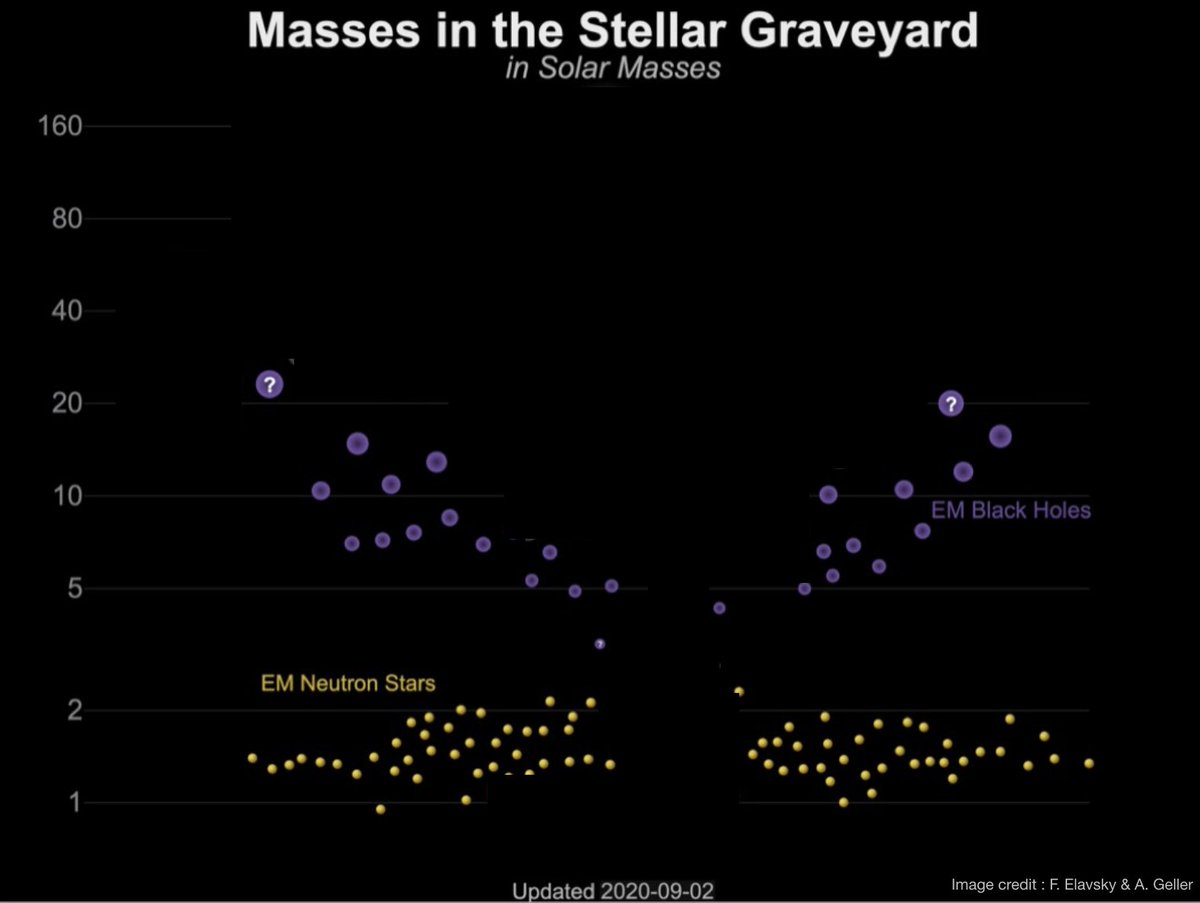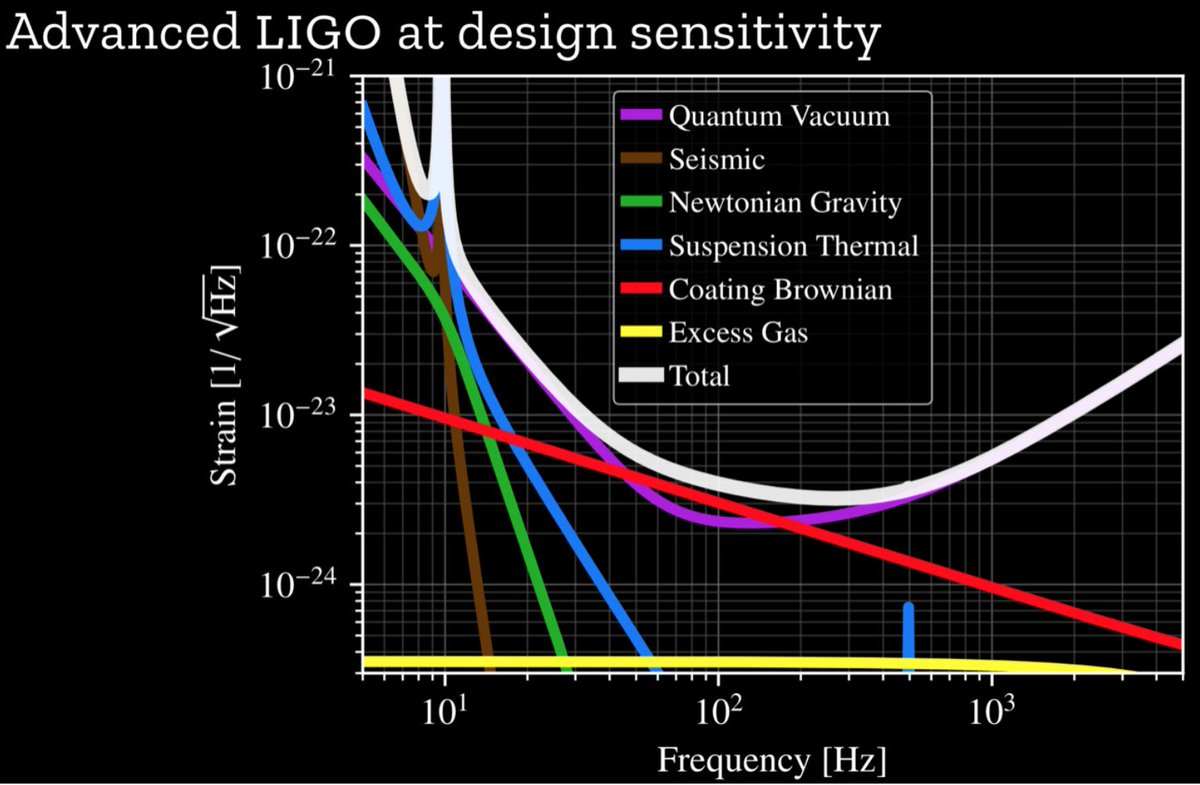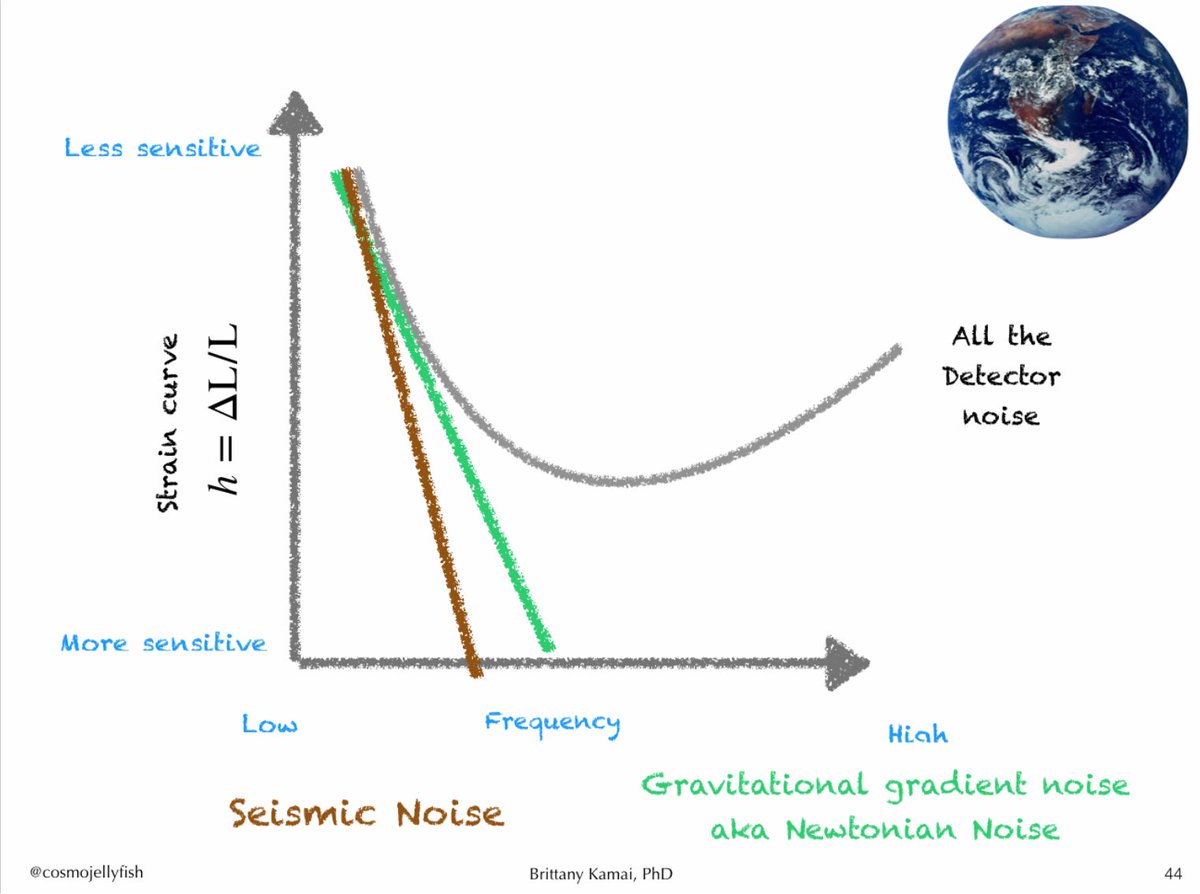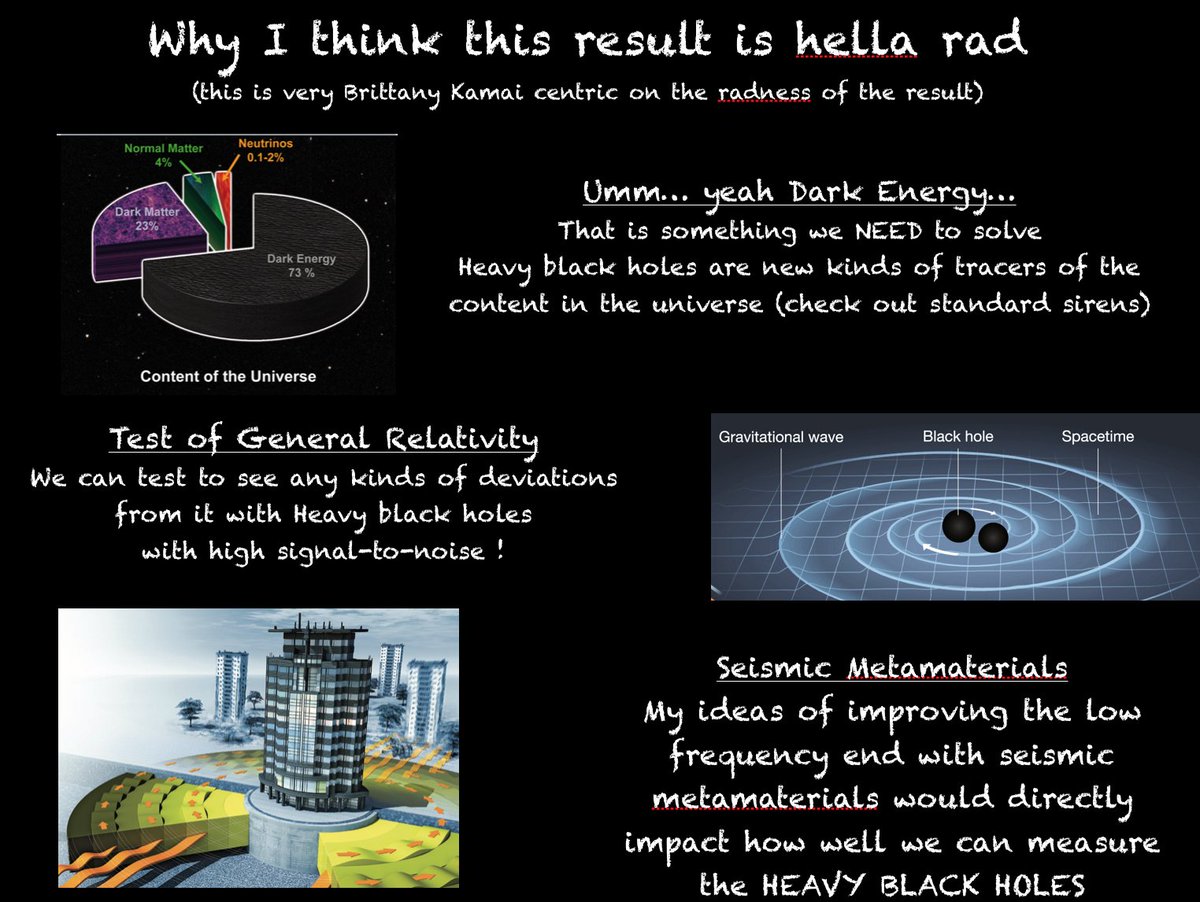Today’s #PhysicsFriday , I am going to talk about the result, how it connects with detectors and some rad accounts to follow & learn more about this awesome science.
🚀Strap in! We are gonna talk about GIANT black holesss
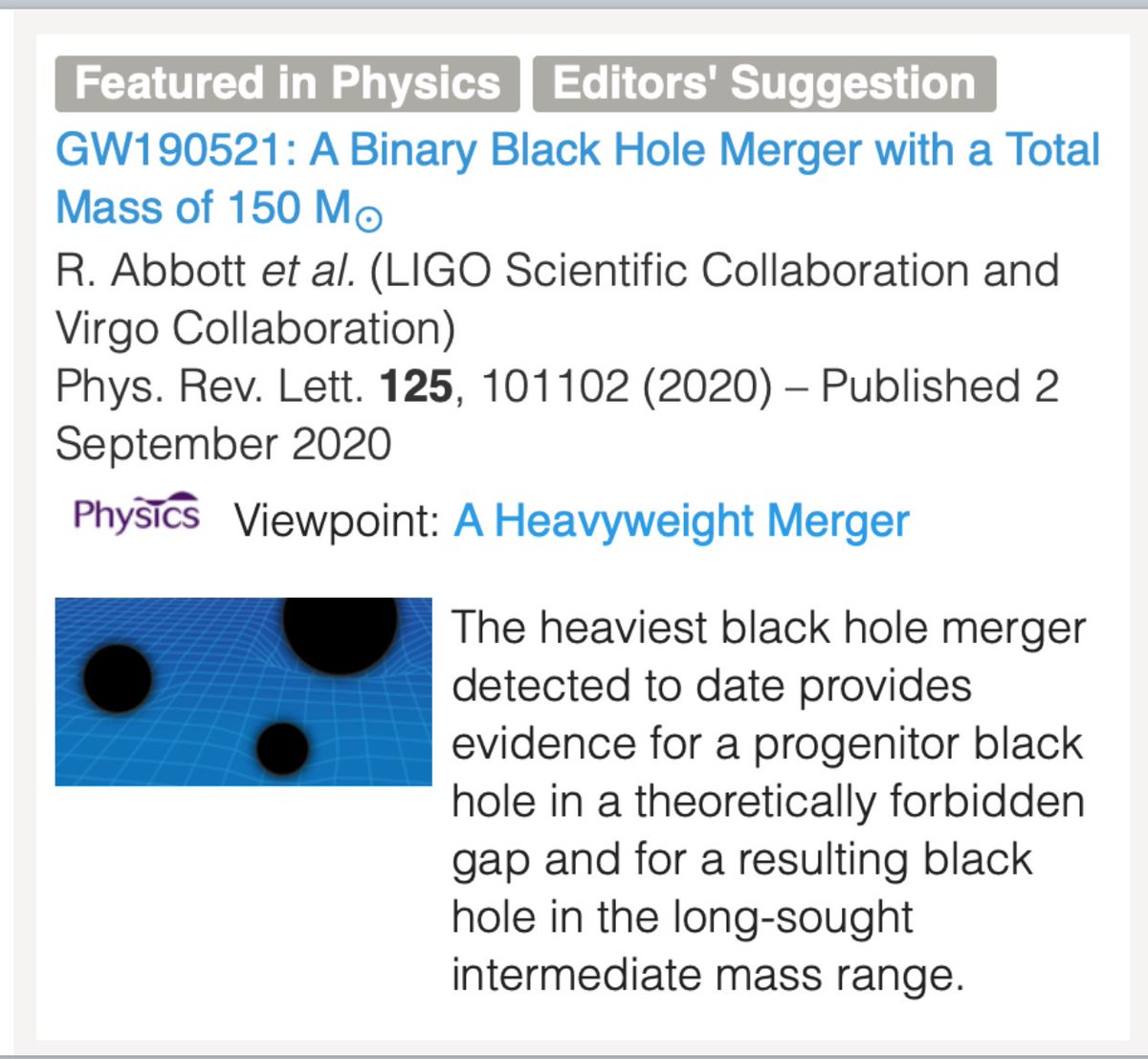
Data Analysts/ Operators: Is this real? Let’s make absolutely sure it is.
Astronomers: Where did it come from? How can you even make this?
Astrophysicists: Is GR the complete picture or something else?
OMG how did this happen? Where did it come?
People like @spacetimekatie @aCarlRodriguez @jocelynRead think through this problem deeply. A ton of people at Northwestern @NUCIERA & really all over the world. Hence the thousands of papers
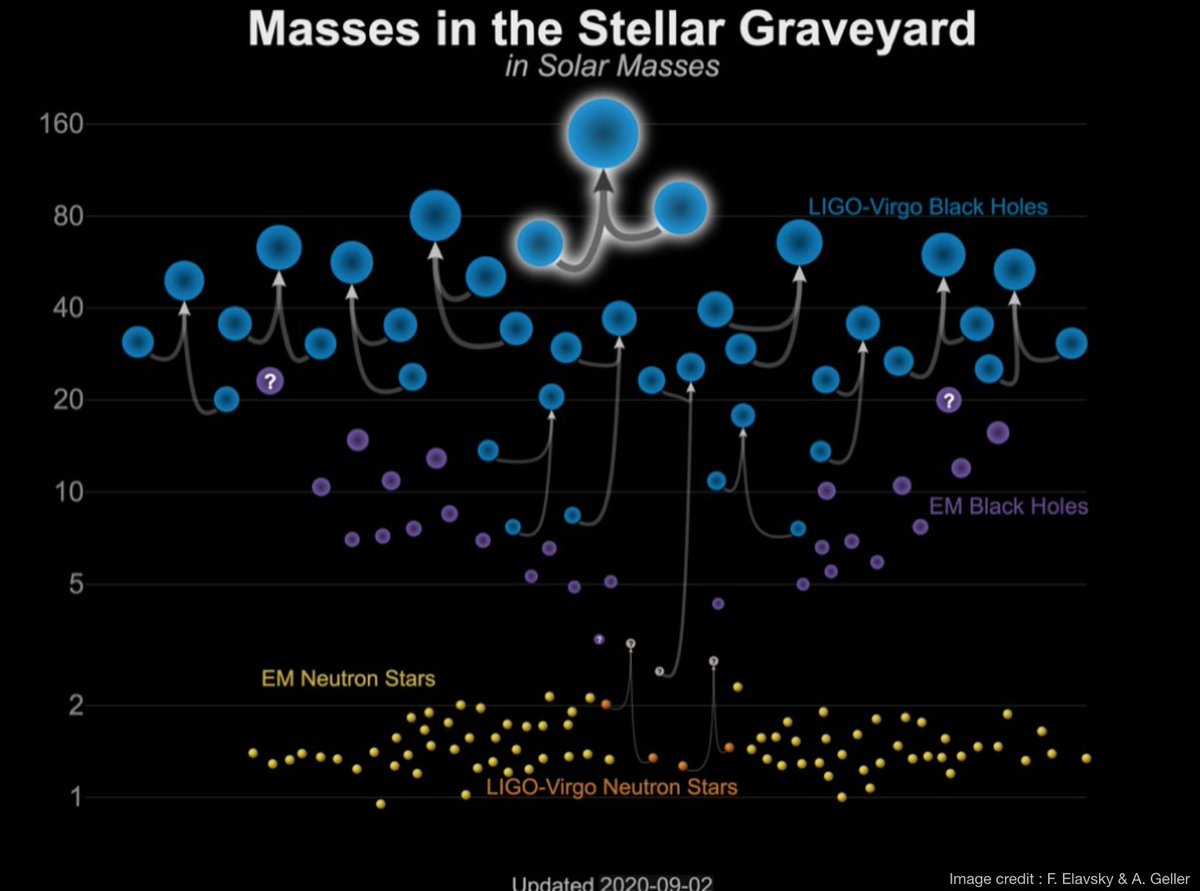
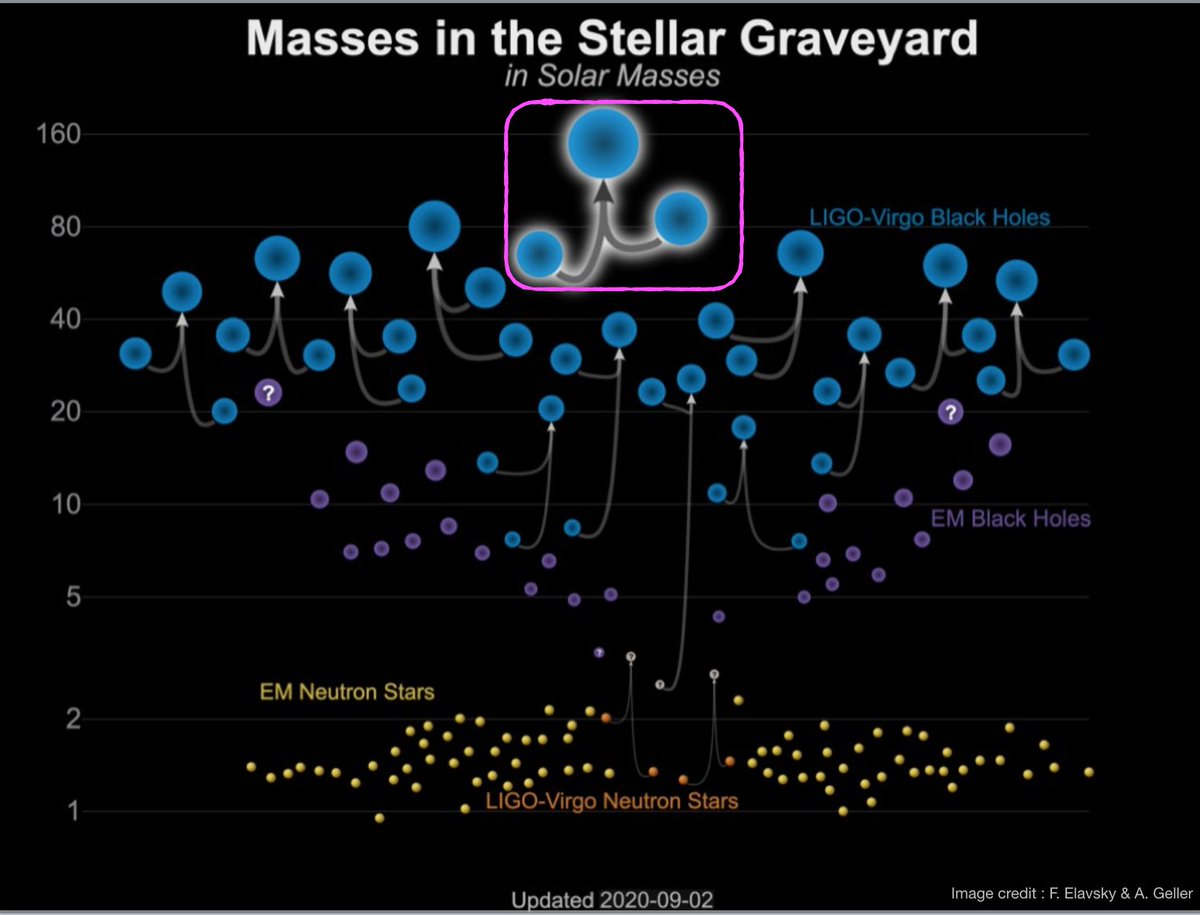
Lots of little black holes gobbling each other. Livin in packed star groups. All that fun stuff.
You seriously have to stay tuned bc the flurry of explanations is coming from astronomer & astrophysicists will tell us all.
Mad props to the great *Rai Weiss* for even getting us here IN THE FIRST PLACE

(Left)These sources have different kinds of frequency dependencies, i.e. what frequency range does is a problem
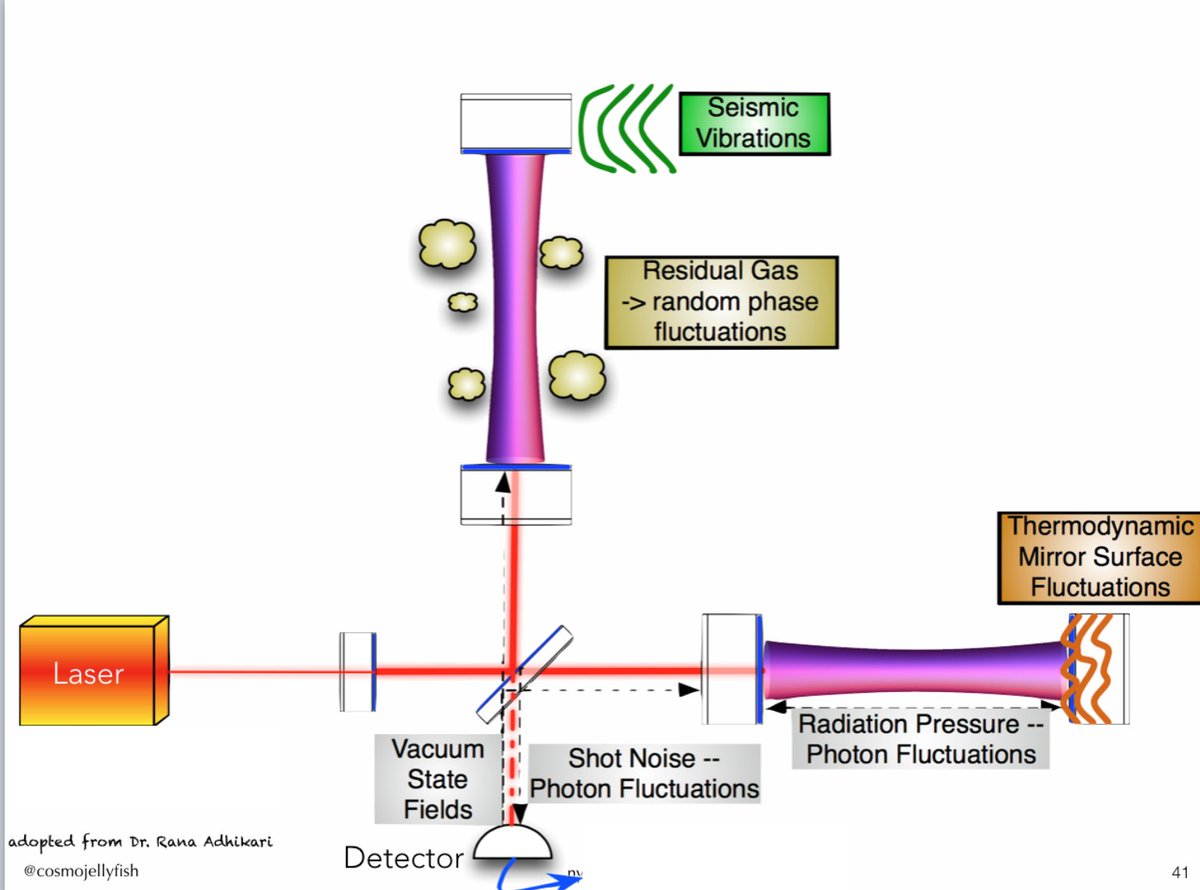
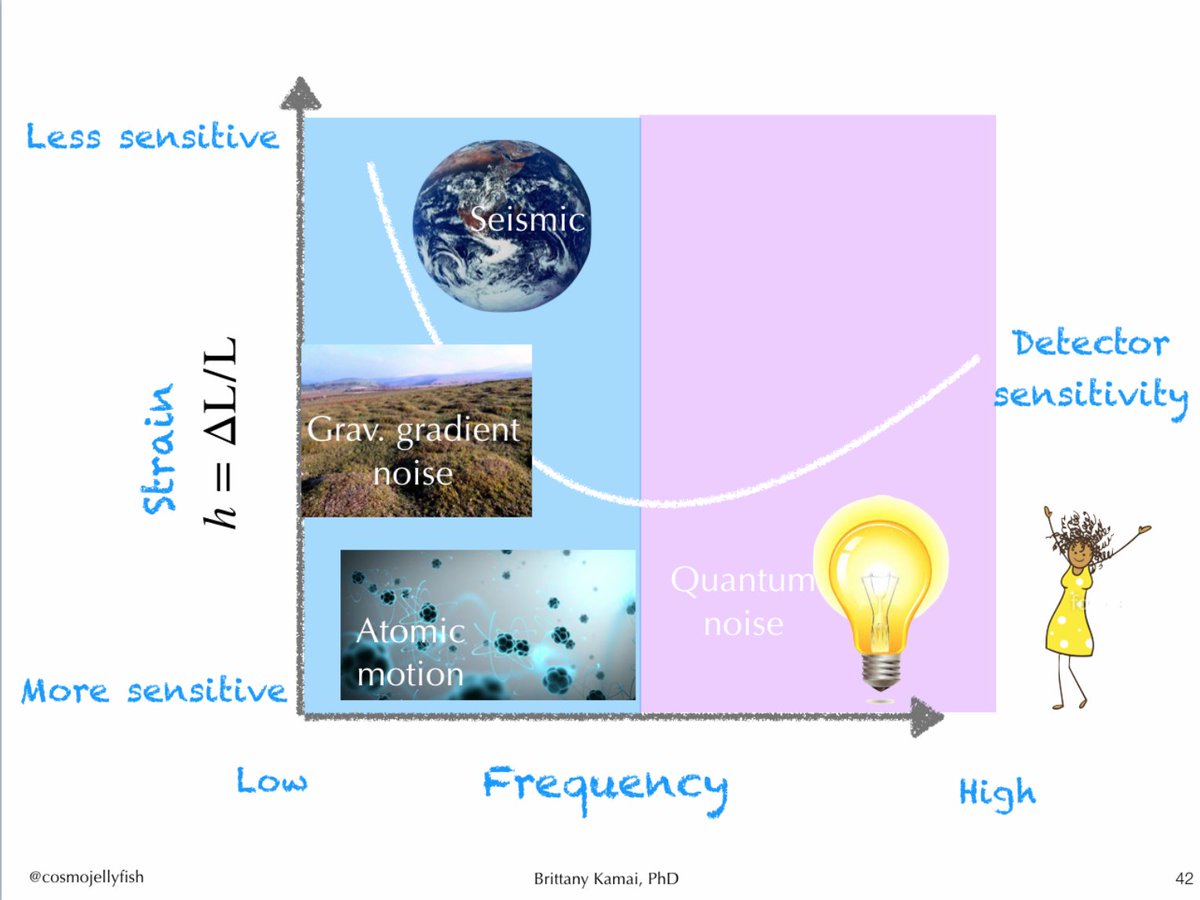
The rad thing is that you can start to get into fun things like black holes that would merge in different GW frequency detectors.
This kind of event would have been seen in both @LISACommunity & @LIGO
Totally added the Holometer😇
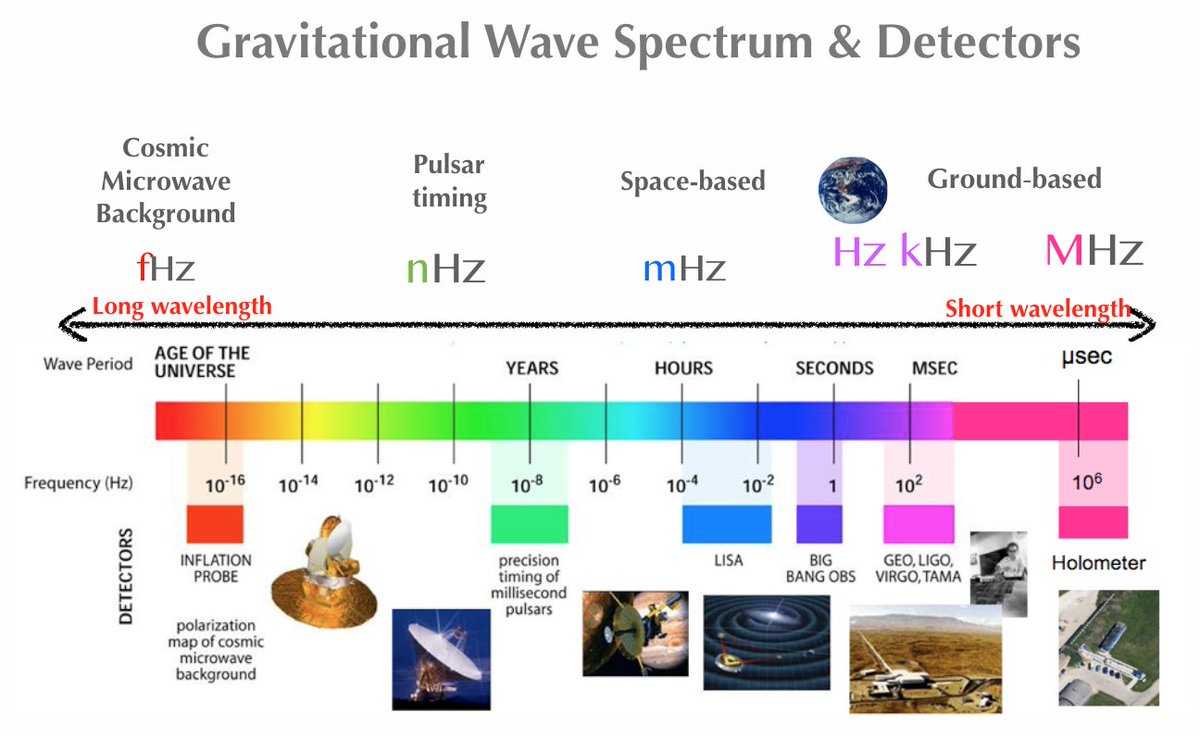
1) What in the universe is Dark Energy?
2) Where does GR breakdown in our understanding of space-time?
3) Seismic metamaterial would enable better measurements at the low end
Zoheyr @actualdrdoctor & Maya @mayaKfish are great to check in about cosmology measurements
Christopher Berry @cplberry has epic writeups about how to understand everrryy GW signal ever
@aggarwalnancy is another builder nerd who can tell you all about quantum squeezing
@amberkiana_ has epic writeups, characterizes detectors and studies eccentric binary black holes
@ron2d2tso who I mentioned above
@QuantumOfSalsa makes sure these LIGO ships are sailing
💁🏾♀️yours truly
John Greendeer Lee tests gravity using a totally diff. detector torsion pendulum
Here is the paper for free journals.aps.org/prl/pdf/10.110…
And the Physics Today summary physics.aps.org/articles/v13/1…
Apologies if I missed you in this thread! Doesn't mean I don't have mad respect for what you do.
I hope you'll dive more into it and are pumped about this.
Happy learning everyone! Take care of your being during this epic voyage of 2020.
Lots of love,
Brittany Kamai
Sorry Karan!!! - I hope you forgive me🙏🏾


